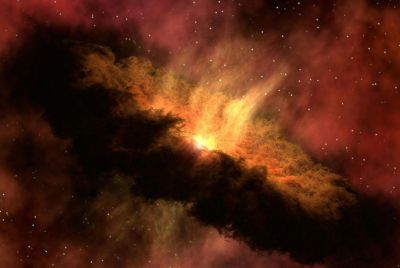Jethro's Cairn: 5,000-Year-Old Crescent-Shaped Monument Discovered in Israel

A large lunar-shaped crescent monument built around 5,000 years ago has been identified by archaeologists in Israel.
Scientists previously thought the structure was part of a city wall but new research by Ido Wachtel, as part of his master's thesis at the Hebrew University of Jerusalem, has indicated it is a monument, as there are no remains of a city beside it.
"The proposed interpretation for the site is that it constituted a prominent landmark in its natural landscape, serving to mark possession and to assert authority and rights over natural resources by a local rural or pastoral population," wrote Wachtel in a summary of a presentation given at the International Congress on the Archaeology of the Ancient Near East.
The stone monument is located on an early Bronze-Age site about eight miles north west of the Sea of Galilee and is 150m (492ft) long, 20m (66ft) wide at its base and 7m (23ft) high.
Excavations at the site have uncovered pottery, which has shown the structure dates back to between 3050 BC and 2650 BC, making it older than the pyramids of Egypt.
At the time the monument was built, the ancient town of Bet Yerah was located 18 miles (29 km) away. Wachtel told Live Science it could have possibly been used to mark the town's borders, but even though it's within walking distance, it is too far away to provide any kind of territorial defence.
Bet Yerah translates in English as "house of the moon god" and the archaeological site of the town has remains dating from the early Bronze Age and Persian period.
The monument is referred to by locals using its Arabic name Rujum en-Nabi Shua'ayb. It is also sometimes called Jethro's Cairn in reference to the Druze prophet Jethro, Moses's father-in-law and an important religious figure in the area.
Another stone structure was recently found underneath the Sea of Galilee. It has not yet been dated but, similarly to Jethro's Cairn, it is located close to the town of Bet Yerah.
© Copyright IBTimes 2025. All rights reserved.

















